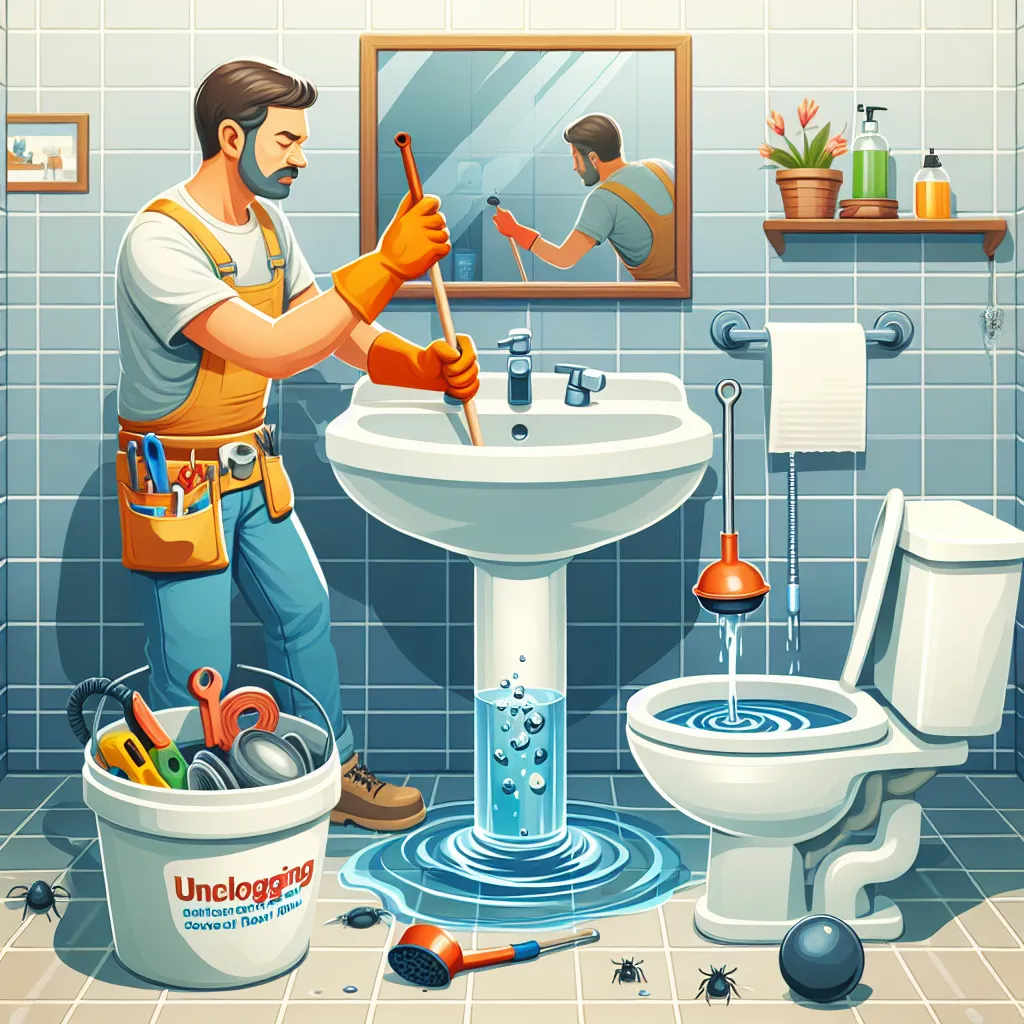Unclogging Drains: Effective Solutions for a Smooth Flow
Unclogging Drains: Effective Solutions for a Smooth Flow
Introduction
Dealing with a clogged drain can be a frustrating experience. Whether it’s a slow drain in the kitchen sink or a completely blocked shower drain, the inconvenience and potential water damage make it a pressing issue to address. However, before reaching for harsh chemicals or calling a plumber, it’s worth exploring some effective DIY methods to unclog drains. In this article, we will discuss various techniques and tools you can use to restore a smooth flow to your drains.
1. Boiling Water
One of the simplest and most effective ways to unclog a drain is by pouring boiling water down it. This method is particularly useful for clearing grease and soap scum build-up. Boil a kettle or pot of water and carefully pour it down the drain in two to three stages, allowing the hot water to work its way through the clog. Repeat if necessary until the water starts to flow freely.
2. Baking Soda and Vinegar
A combination of baking soda and vinegar can create a powerful chemical reaction that helps break down clogs. Start by pouring a pot of boiling water down the drain to remove any loose debris. Then, sprinkle about half a cup of baking soda into the drain, followed by half a cup of vinegar. Quickly cover the drain with a plug or cloth to prevent the foam from escaping. After about 15 minutes, remove the cover and flush the drain with hot water. This method is especially effective for clearing organic matter and mild clogs.
3. Plunger
A plunger is a versatile tool that can be used to unclog sinks, toilets, and shower drains. Ensure there is enough water in the sink or tub to cover the rubber part of the plunger. Place the plunger over the drain and push down firmly, creating a seal. Then, rapidly push and pull the plunger for about 20-30 seconds. This action helps dislodge the clog by creating pressure and suction. Repeat the process a few times until the water starts to drain properly.

4. Plumbing Snake
If the clog is stubborn and cannot be cleared with the previous methods, a plumbing snake, also known as a drain auger, can come to the rescue. A plumbing snake is a long, flexible wire with a corkscrew-like tip that can be inserted into the drain to break up or retrieve the clog. Push the snake slowly into the drain while turning the handle clockwise. When you encounter resistance, continue pushing and twisting until the clog is dislodged. Finally, pull the snake out of the drain, removing any debris with it.
5. Wet and Dry Vacuum
If you have a wet and dry vacuum cleaner, it can be an effective tool for unclogging drains. Set the vacuum to the liquid setting and create a tight seal around the drain with an old cloth or towel. Turn on the vacuum to its highest setting and let it create a strong suction. The suction will help pull out the clog or dislodge it, allowing the water to flow freely. This method is particularly useful for removing solid objects or debris from the drain.
6. Caustic Soda
Caustic soda, also known as sodium hydroxide, is a powerful chemical that can dissolve clogs caused by hair, grease, and other organic matter. However, it is essential to handle caustic soda with extreme caution, as it can cause burns and other injuries. To use caustic soda, wear protective gloves and goggles, and follow the manufacturer’s instructions. Typically, you will need to mix the caustic soda with water to create a solution, which is then poured down the drain. Allow it to sit for the recommended time before flushing the drain with hot water.
Conclusion
Dealing with clogged drains can be a hassle, but with the right techniques and tools, you can often resolve the issue without professional help. From using boiling water and natural remedies like baking soda and vinegar to employing tools such as plungers, plumbing snakes, and wet and dry vacuums, there are various methods to unclog drains effectively. Remember to exercise caution and take necessary safety measures when working with chemicals or tools. By unclogging your drains promptly, you can maintain a smooth flow of water and prevent potential water damage in your home.
